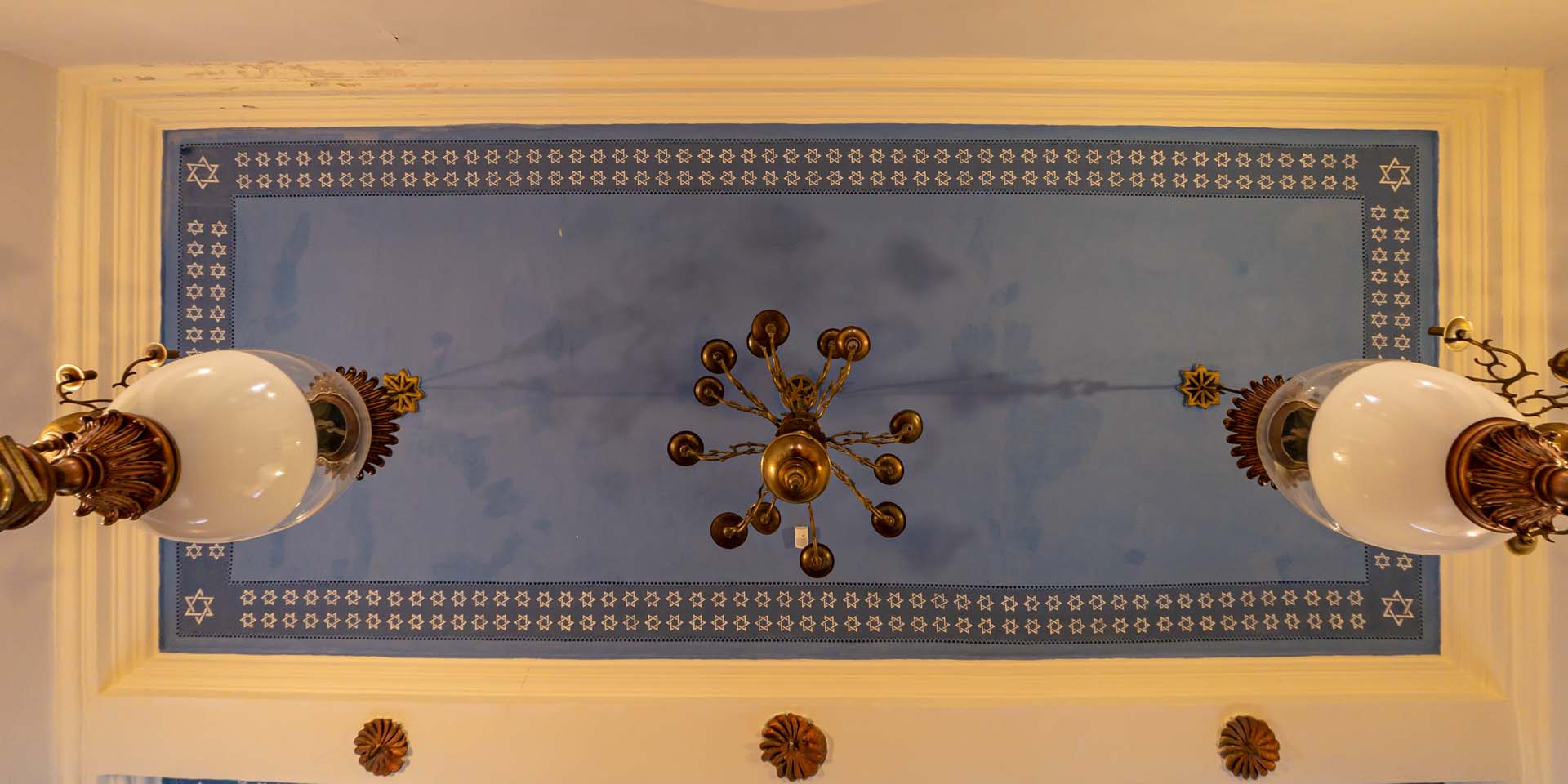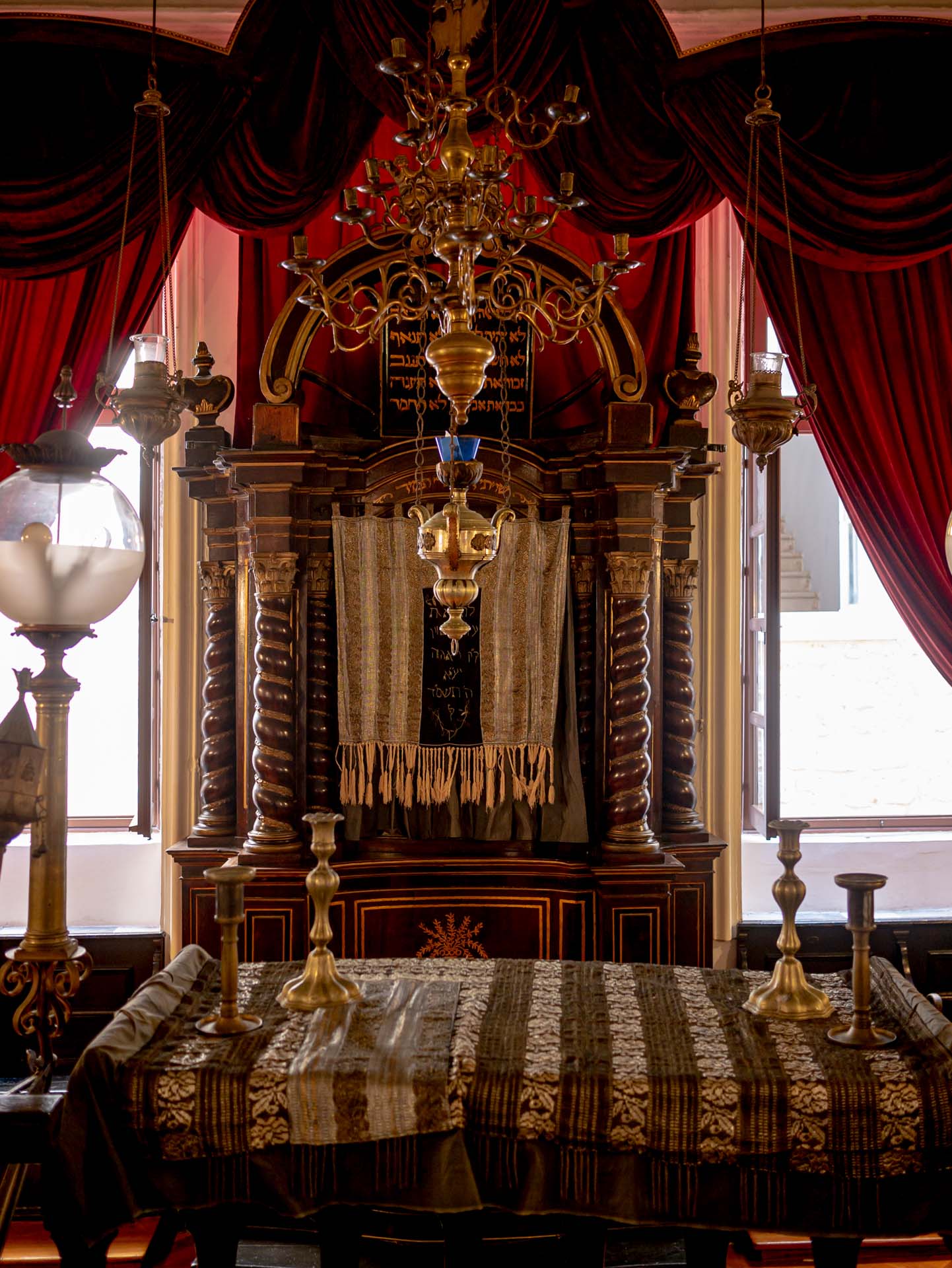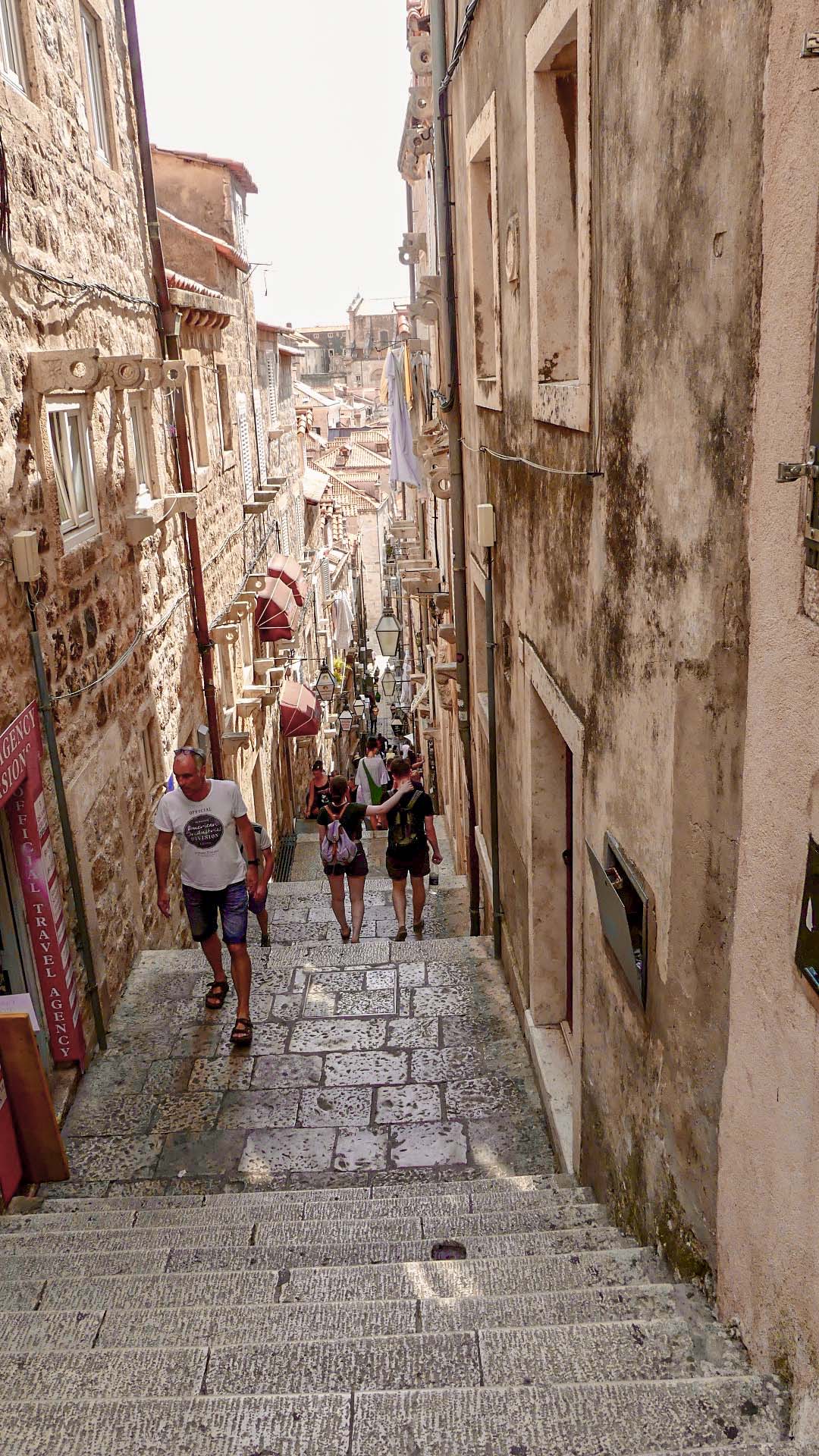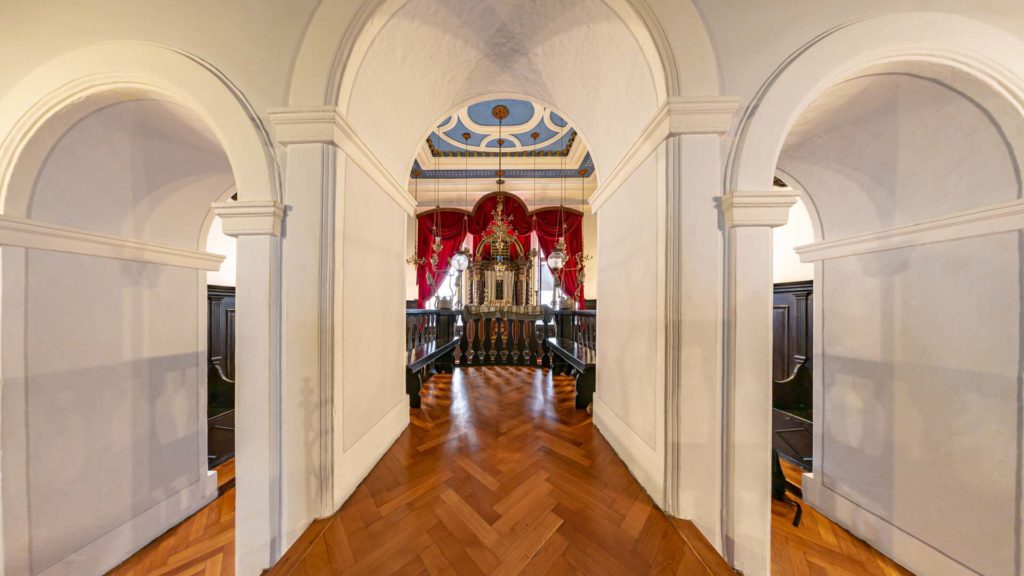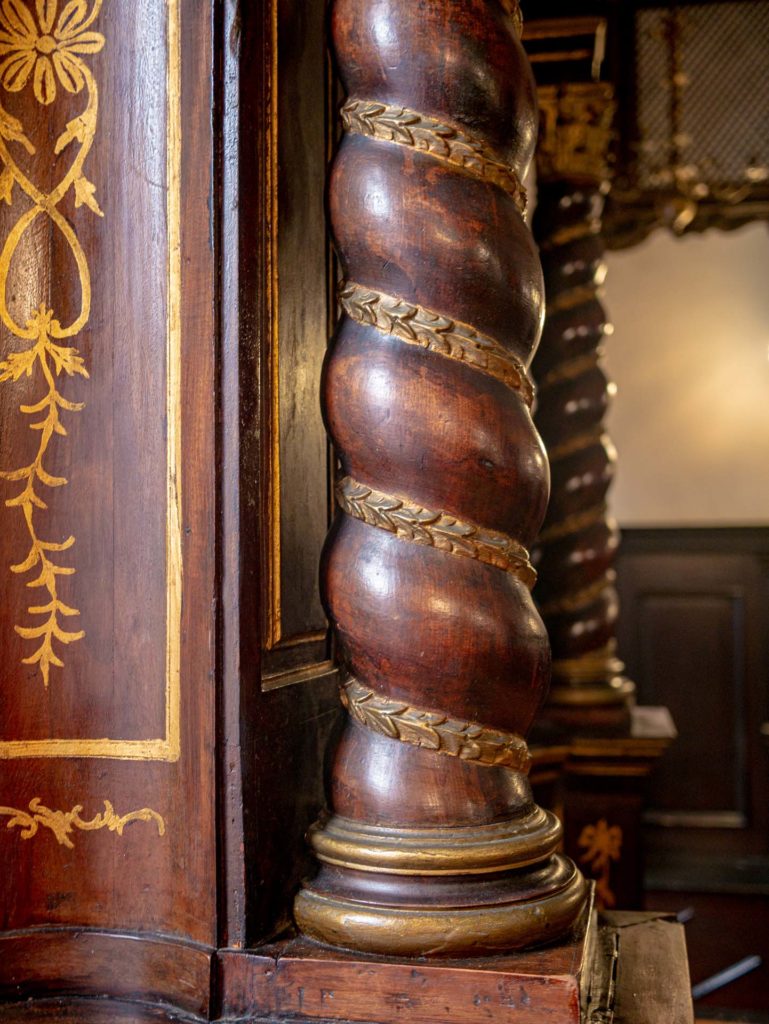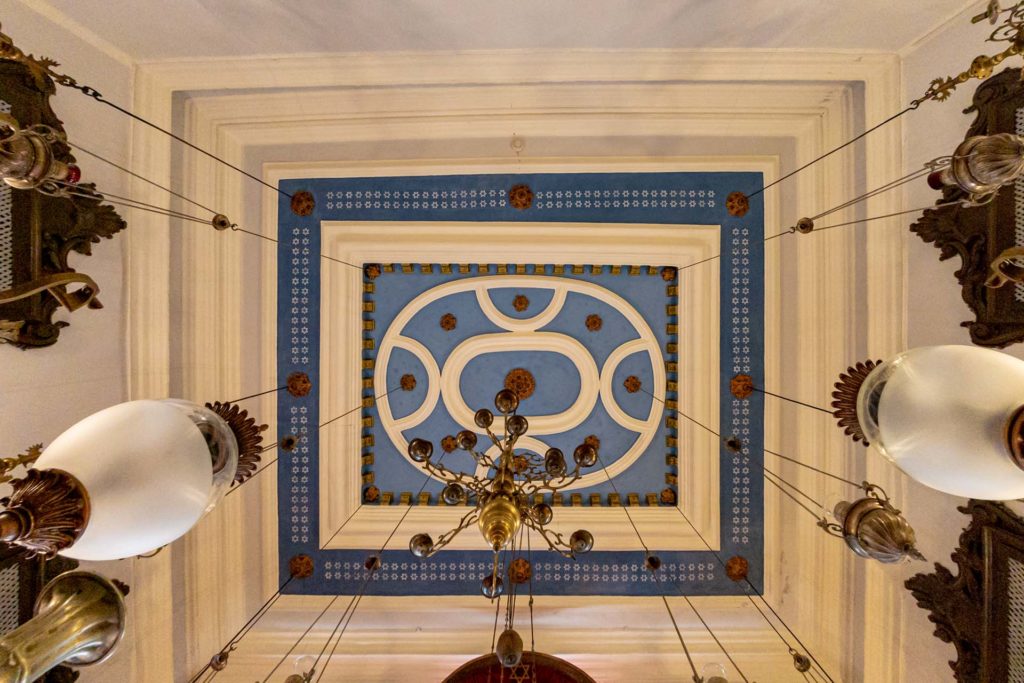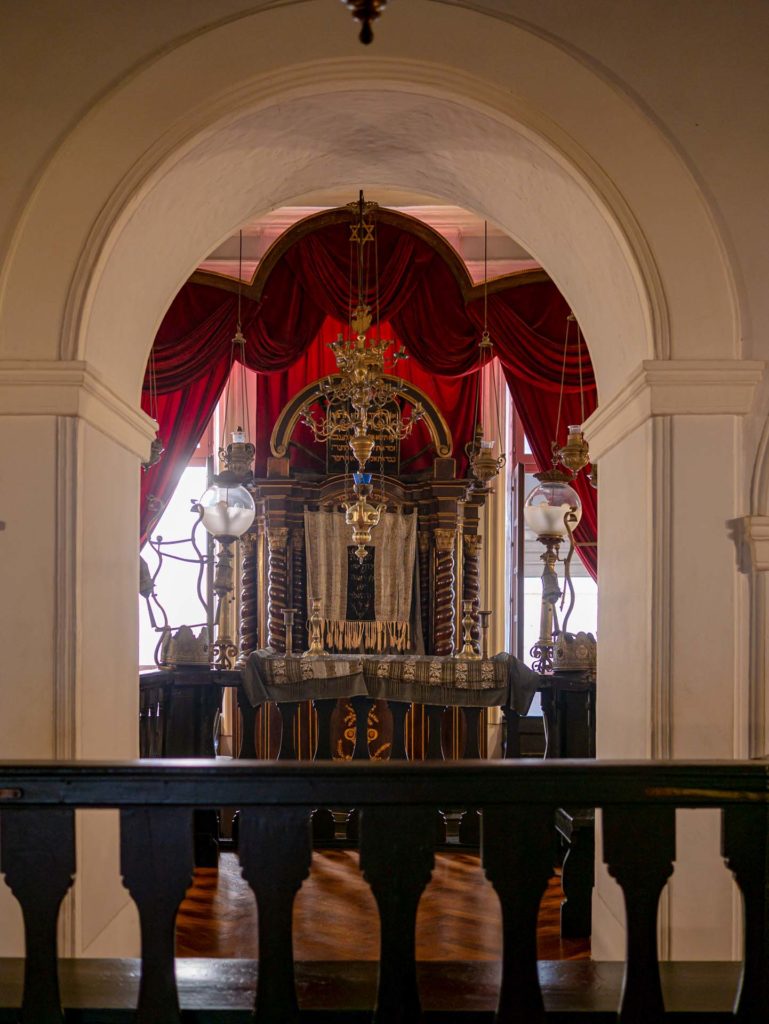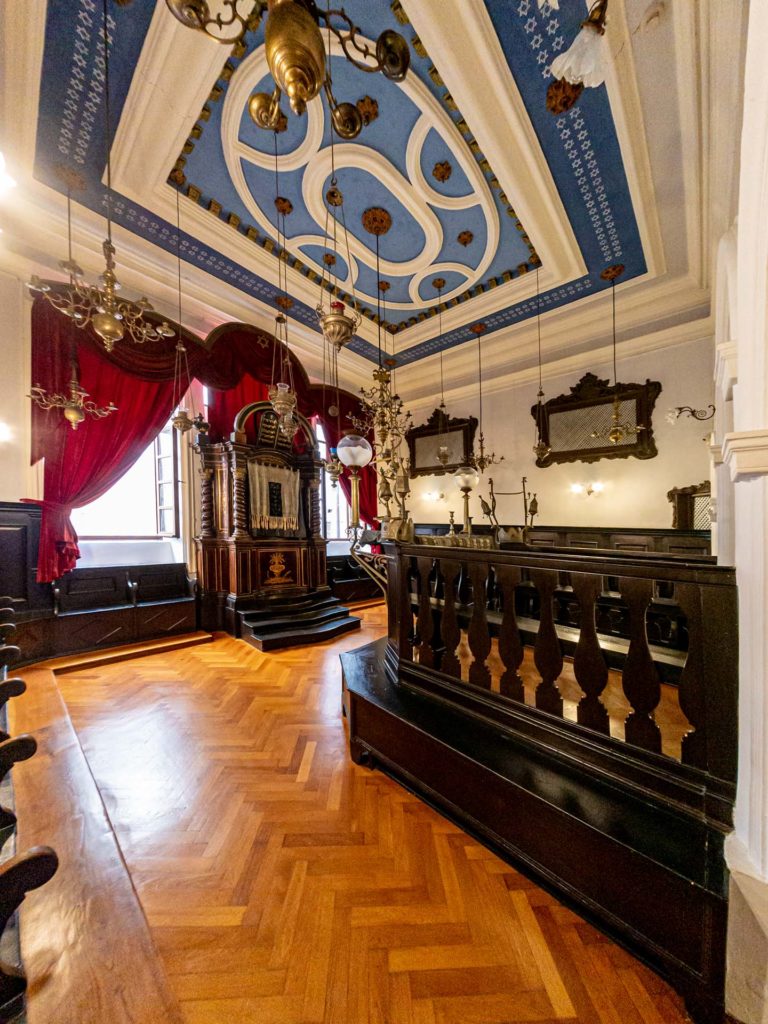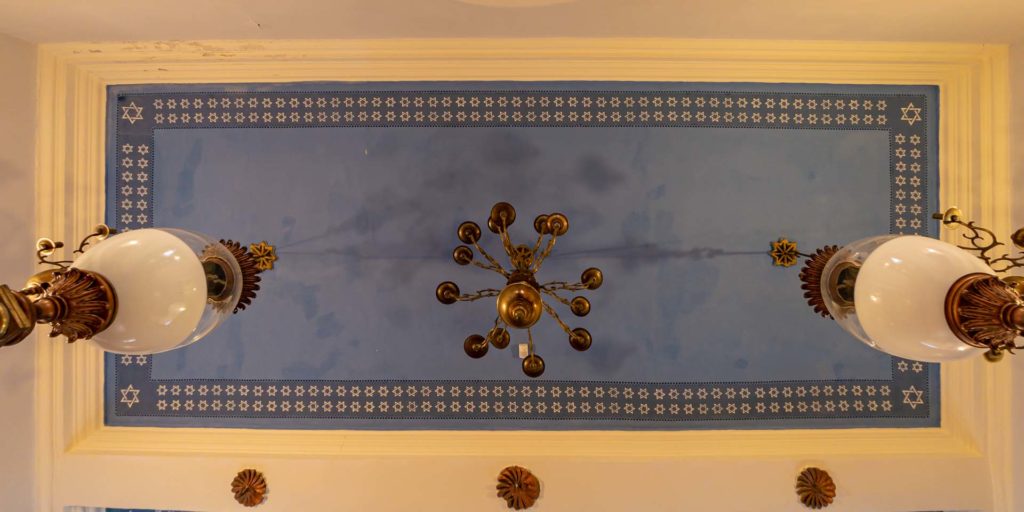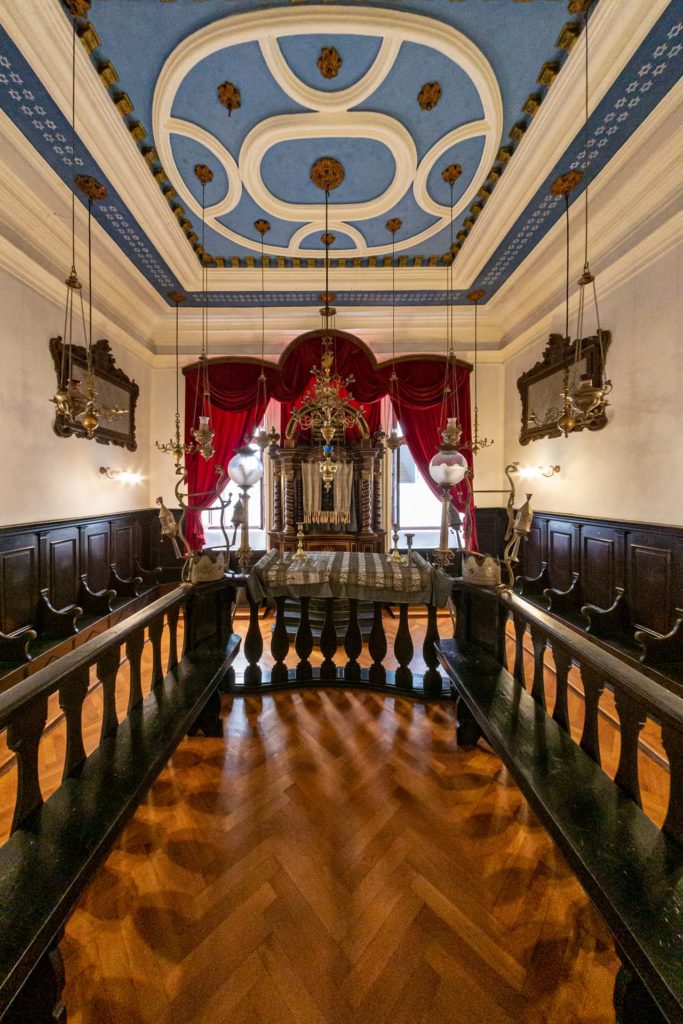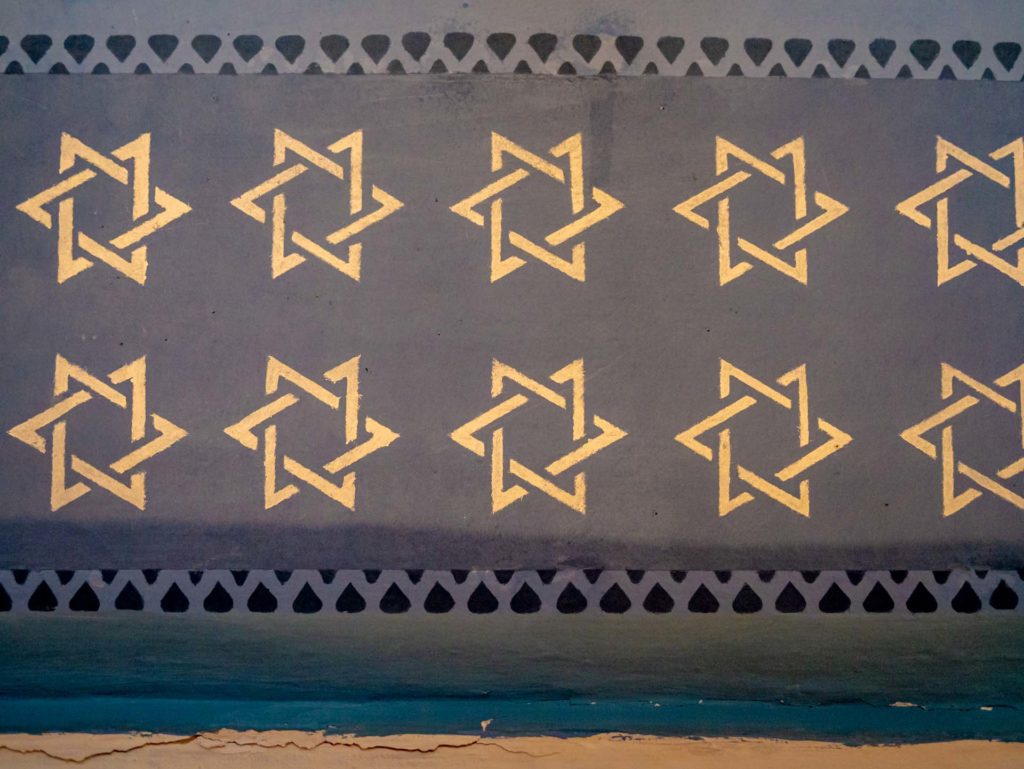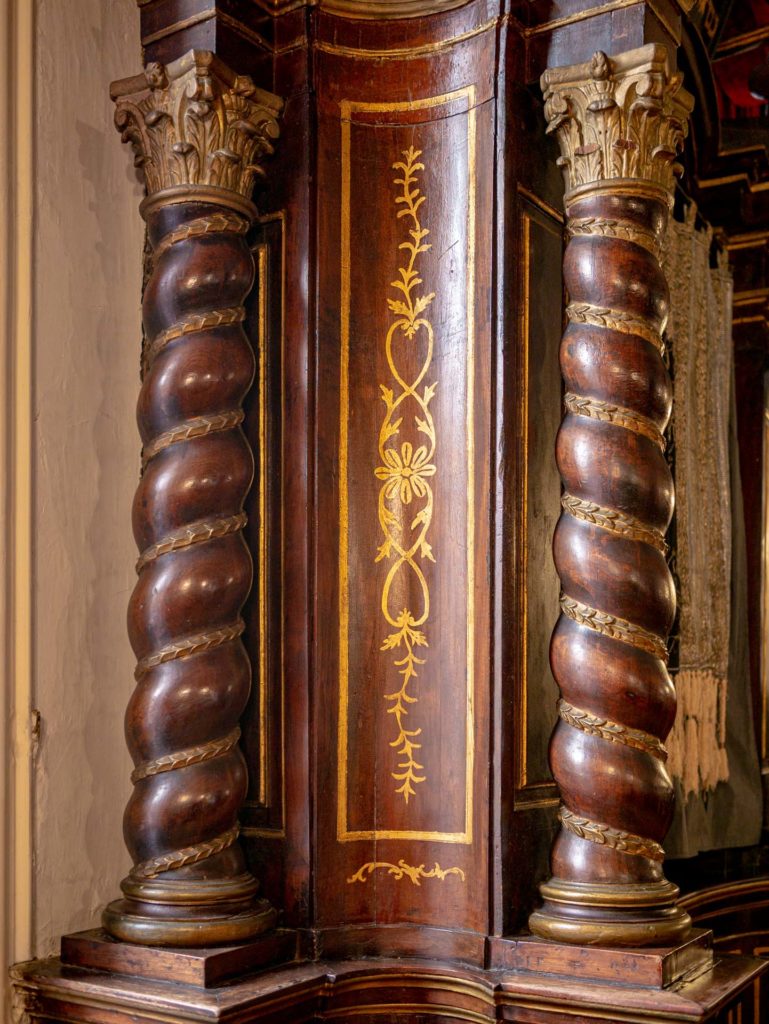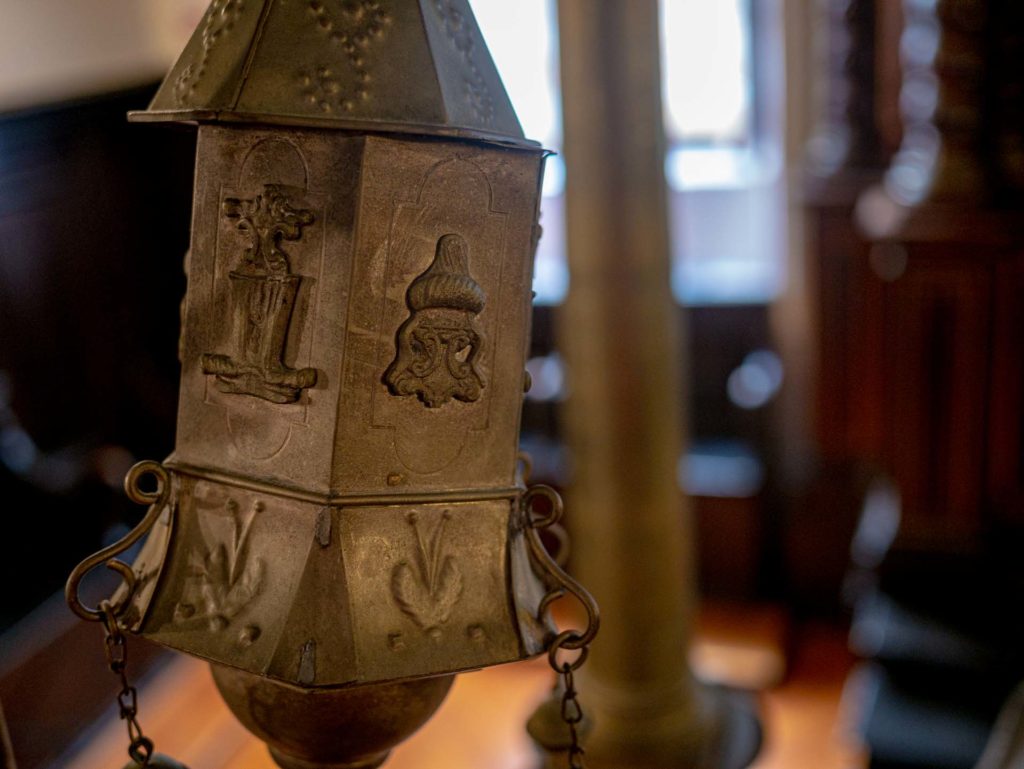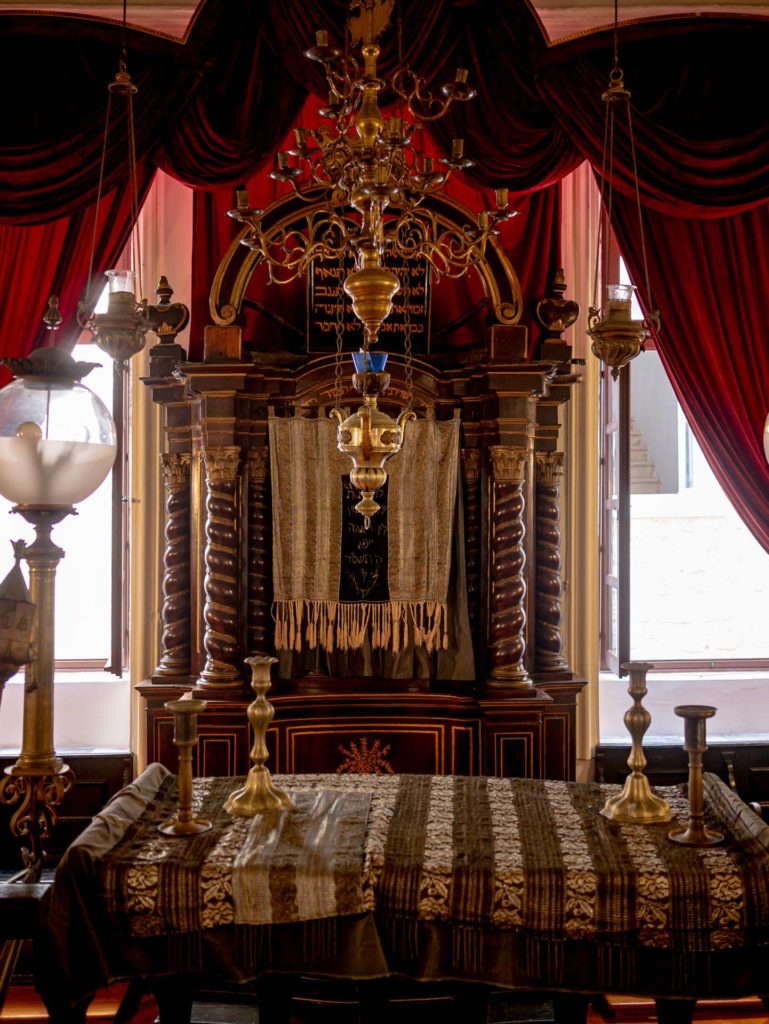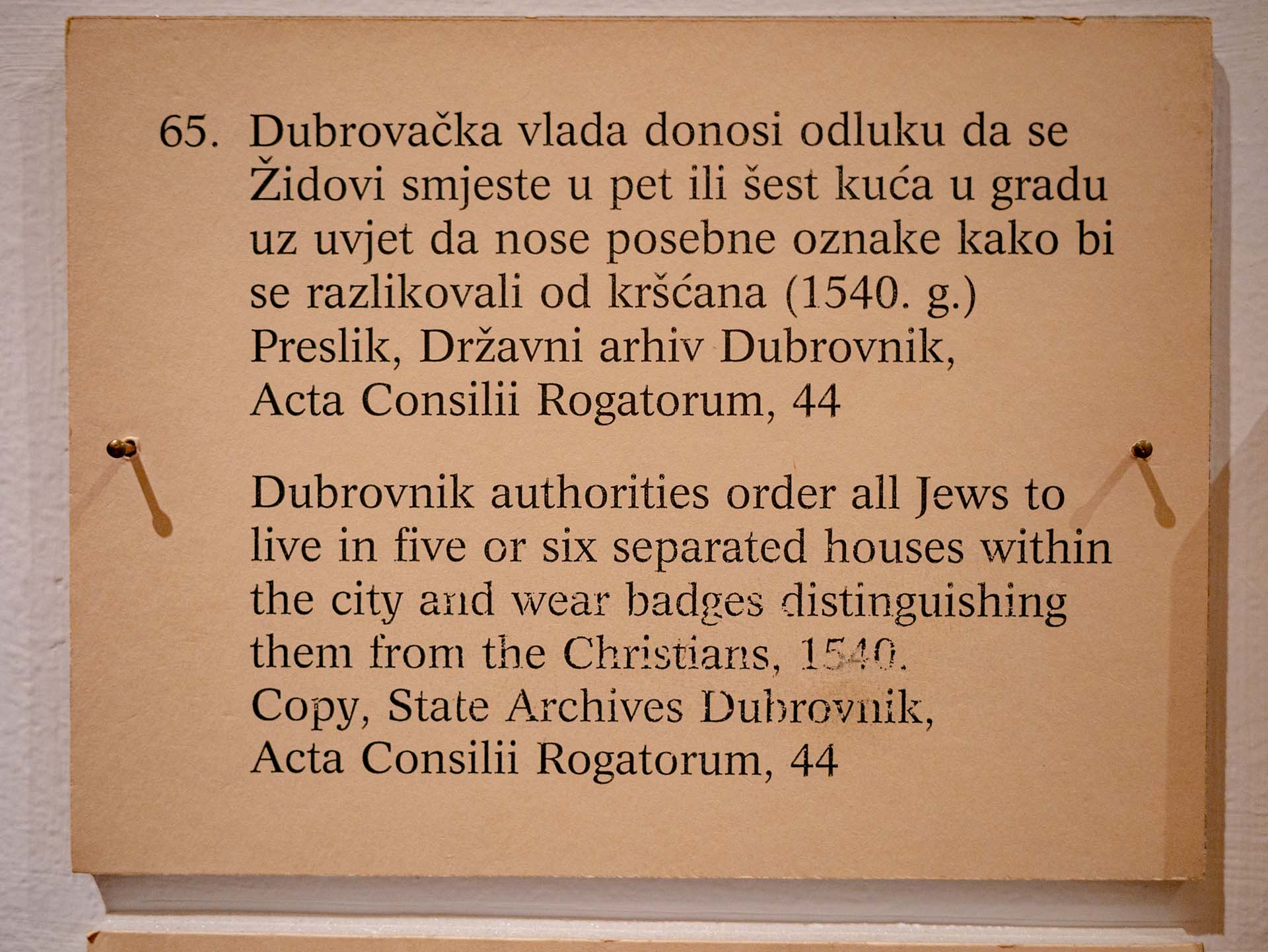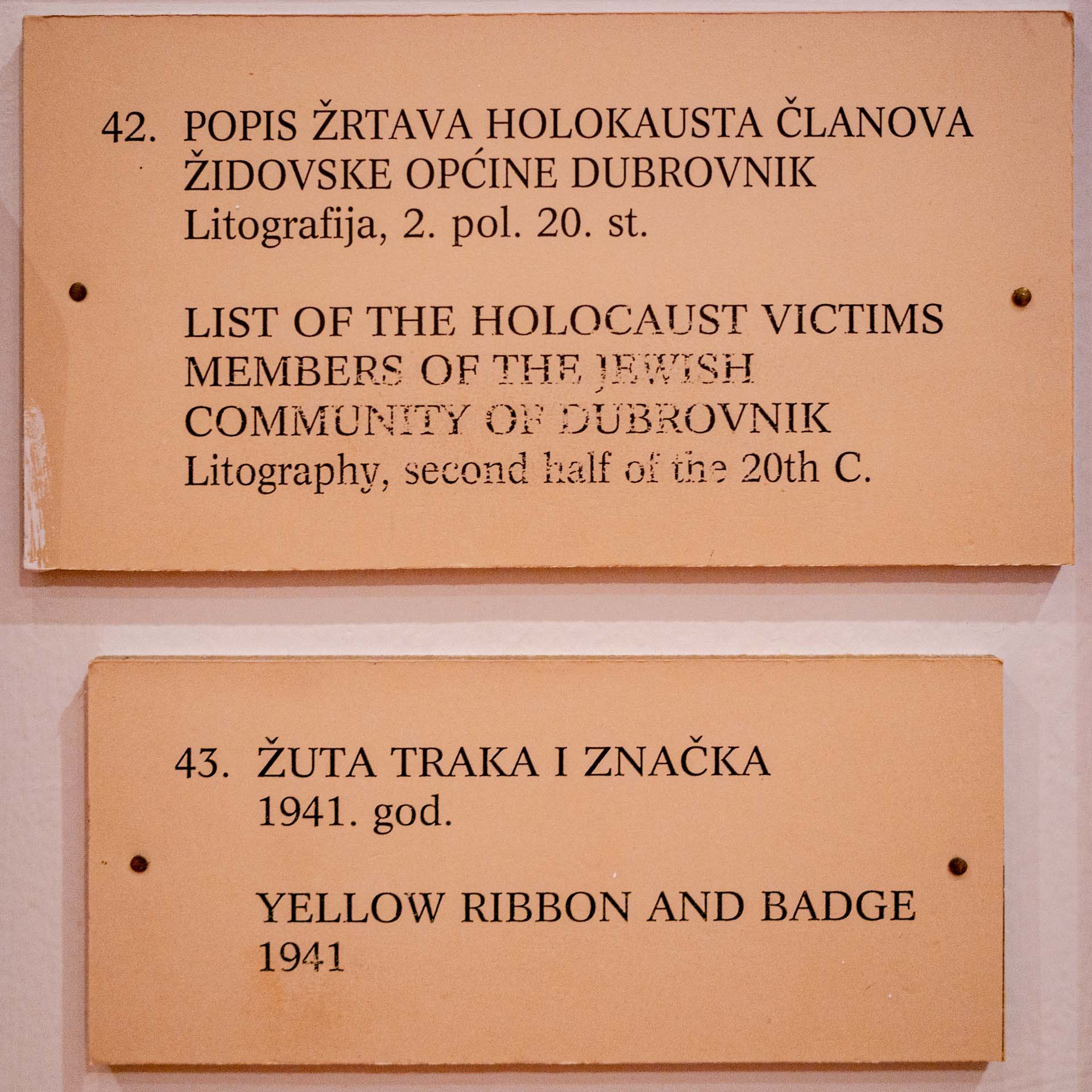The Old Synagogue, Dubrovnik, Croatia
Life has been complicated this summer. Wedding photography and holidays and my dad’s final illness have all come together and have made blogging on this website rather difficult. I have a blog on the way about photographing people with dark skin – a spin-off from an Anglo-Ghanaian wedding in Edmonton that I photographed at the beginning of the holiday period. But for now here is a brief blog about the amazing Old Synagogue in Dubrovnik, Croatia – one port of call during our first holiday abroad since pre-Covid times.
Looking over the reading desk towards the ark, where the Torah scrolls are kept. (Please correct me in a comment if I have the terminology wrong.)
Žudioska Ulica
Photo: Marie Thérèse Hébert & Jean Robert Thibault Panasonic Lumix FZ300, reproduced under Creative Commons license 2.0
The Old Synagogue in Dubrovnik is the oldest Sephardic synagogue in use in the world, and the second oldest synagogue in Europe. It owes its existence to the expulsion of Jews from Spain and Portugal in the 14th and especially the 15th centuries. The synagogue is said to have been established by 1352, and gained legal status in the city in 1408. It is located in what seems at first glance to be a very ordinary house in the Old City of Dubrovnik, although the road name gives an indication that you are in the right area:
Žudioska Ulica, or Jewish Street.
These days the Jewish community in Dubrovnik is very small – although it has been smaller. The museum on the floor below the synagogue reveals the level of ostracism, “hostile environments” and outright persecution which occurred in the adopted city of this small community. The very existence of this little meeting hall bears testimony to the dreadful hounding of Jewish people down through the centuries.
We have been to Dubrovnik before, without knowing of the synagogue’s existence. It was drawn to my attention by my friend and colleague Dr Amy Williams, and it was at her prompting that I took these photos.
Camera used here was the tiny Micro Four Thirds Panasonic Lumix GF7 with just two lenses:
The Lumix 20mm f1.7 – a gorgeous “standard” pancake lens, which makes the GF7 into the neat little day-and-night street photography camera is was made to be.
The Samyang 7.5mm f3.5 fisheye – the easiest way to get extreme wide angle onto an MFT body. The fisheye shots shown here have been partially or completely “de-fished” in Adobe Camera Raw to straighten out those lines.
Having fled the Iberian Peninsula in the 15th century, the problems for the Sephardic Jews did not cease. These two descriptive plaques from the museum caught my eye – each of them telling the story of discrimination, ostracism, persecution, isolation and, ultimately, genocide over four centuries. Where and when will this end??
I am not Jewish myself, but throughout my life, events, contacts and conversations have kept me aware of the terrible history of anti-semitism. So much of that anti-semitism is attached to the name of Christianity – as was the expulsion of Jews from Iberia more than half a millennium ago. As a Christian that is a cause for enormous grief and shame, and if I can do the slightest thing with my camera and my words to draw attention to that history, I will.
For more photography and articles focussed on the history of the Jews, WWII and the Holocaust, please see my previous blogs:
and
BACK TO THE KINDERTRANSPORT MEMORIALS

